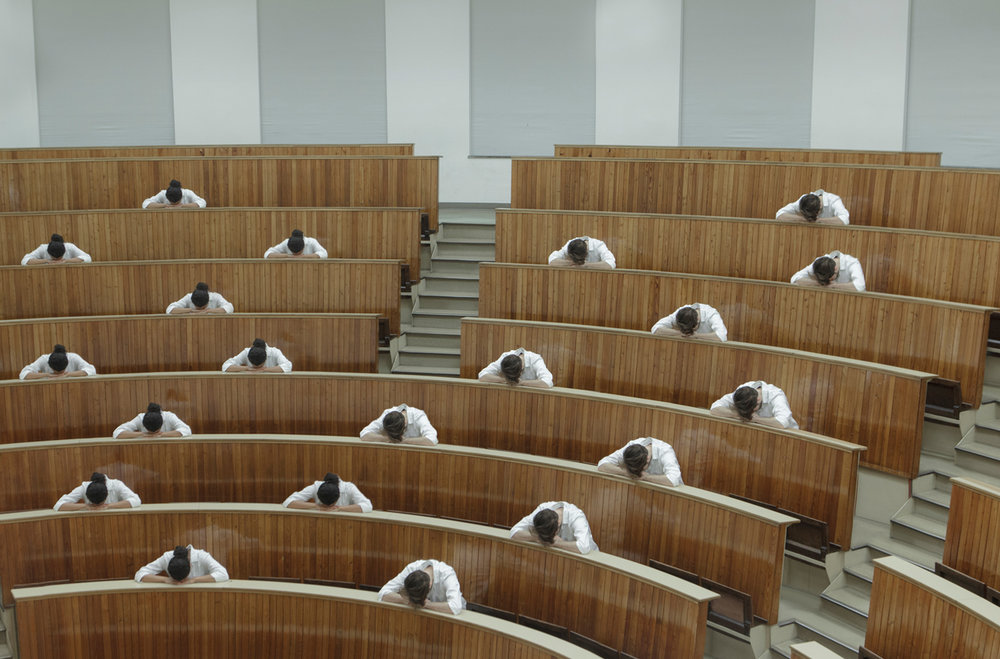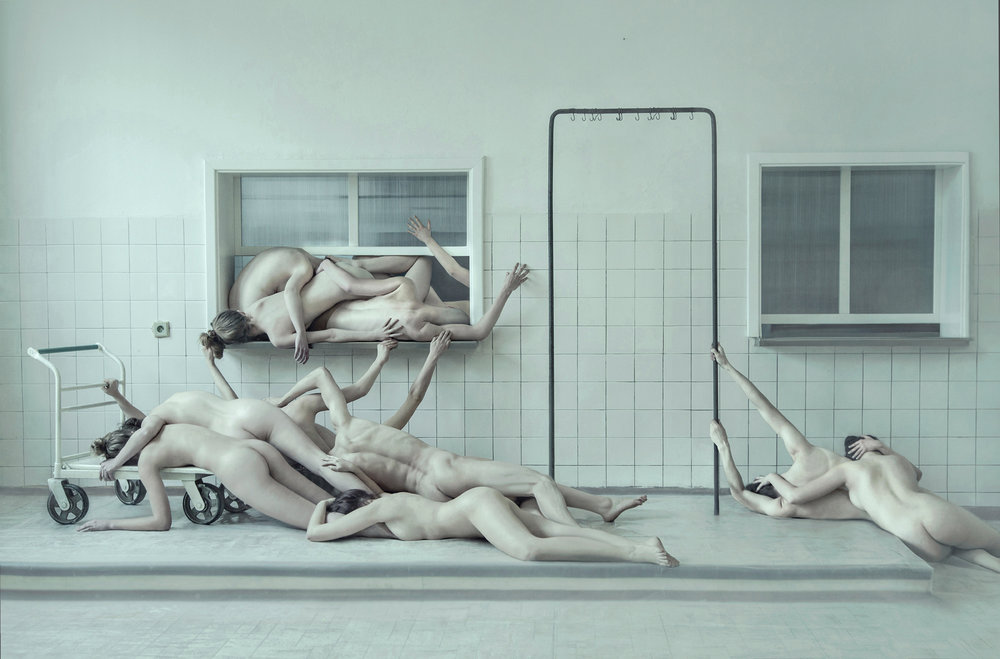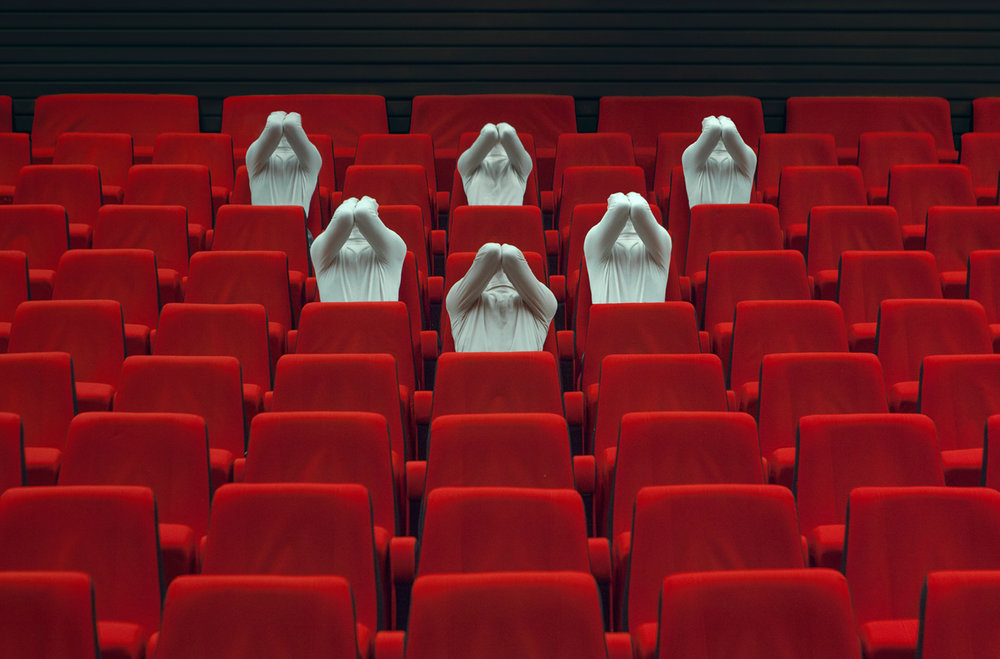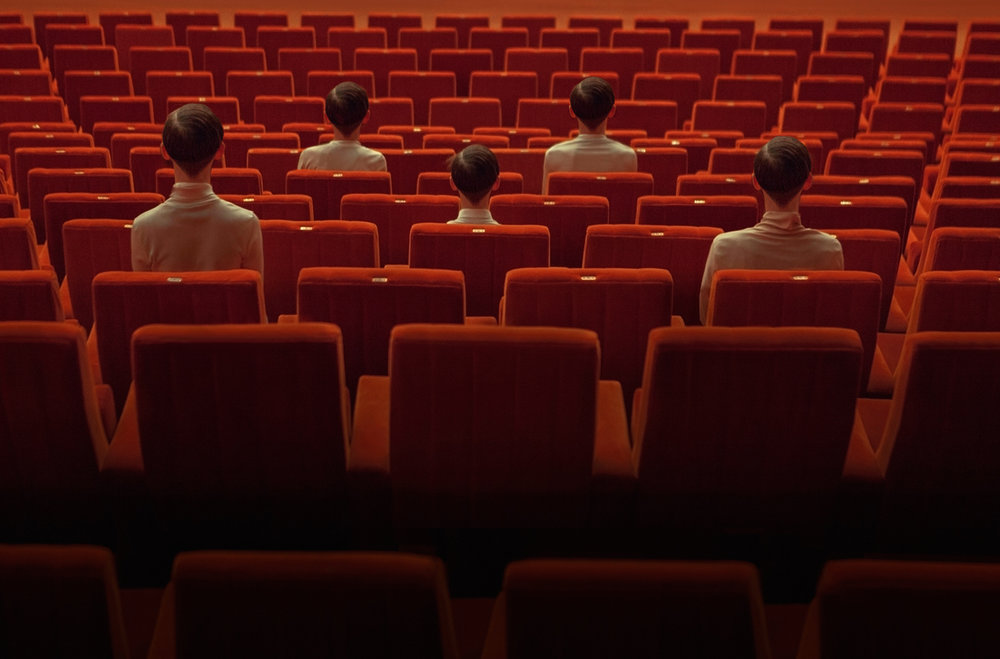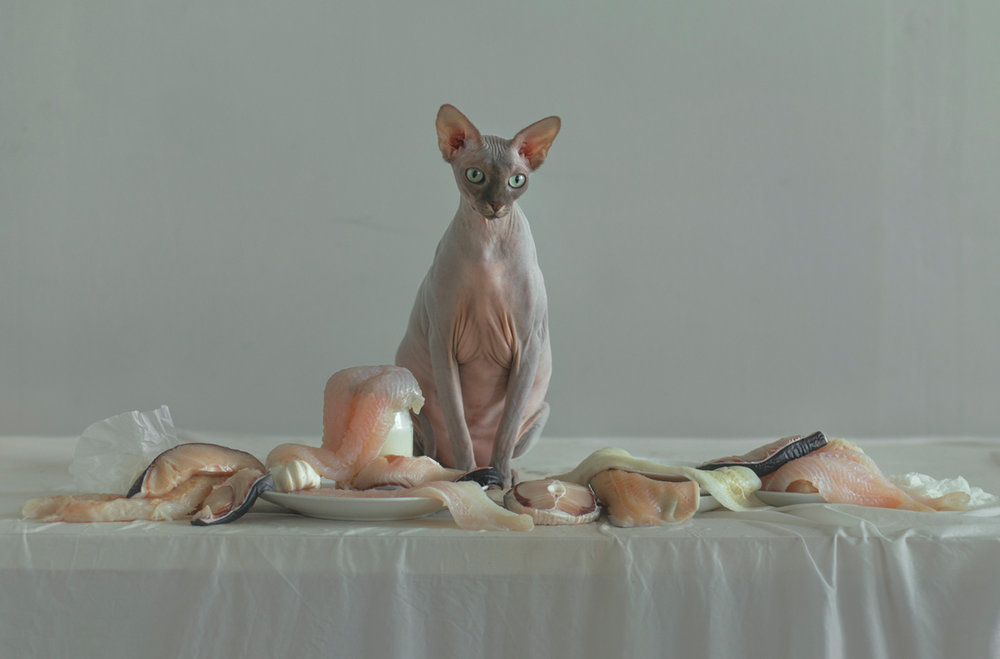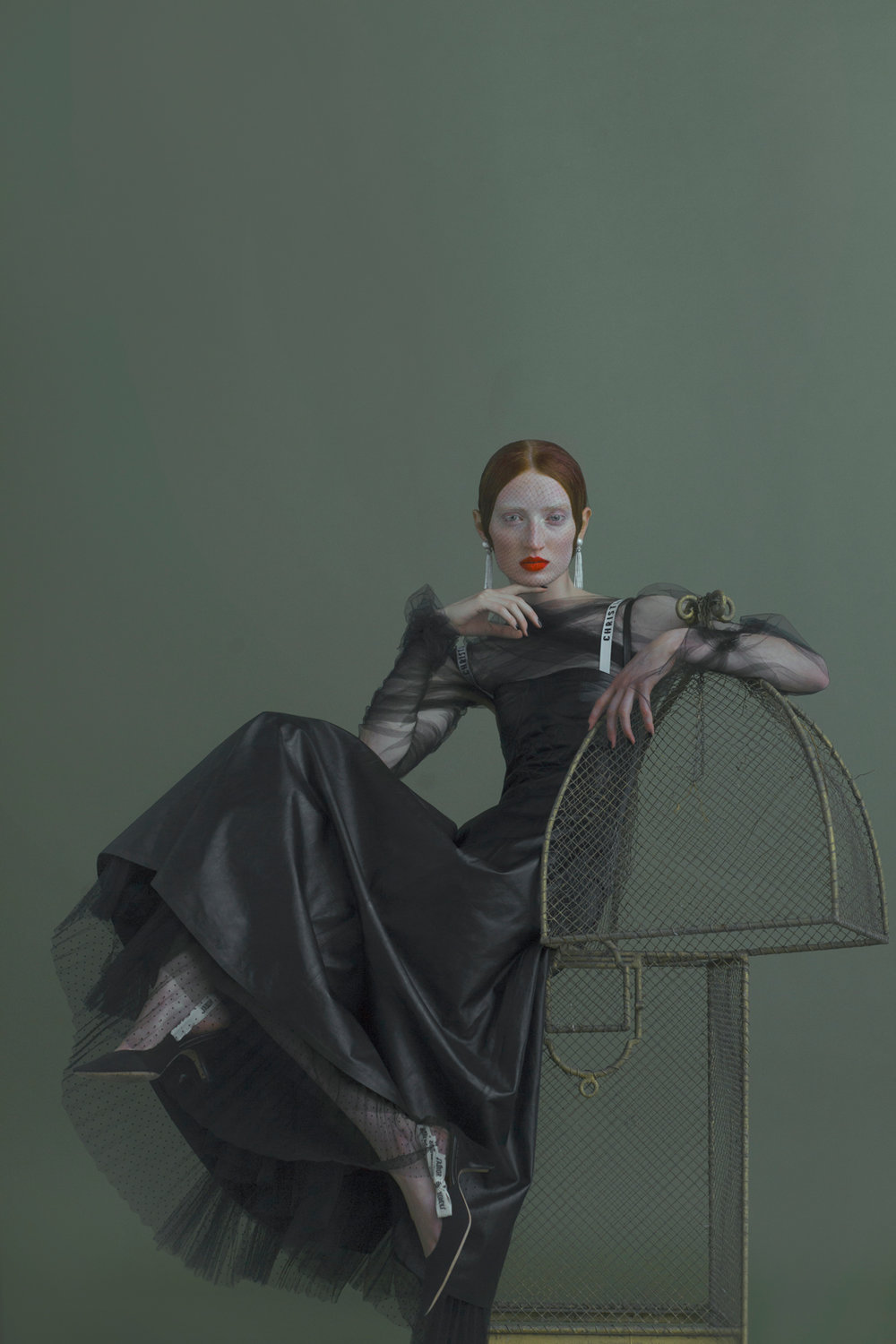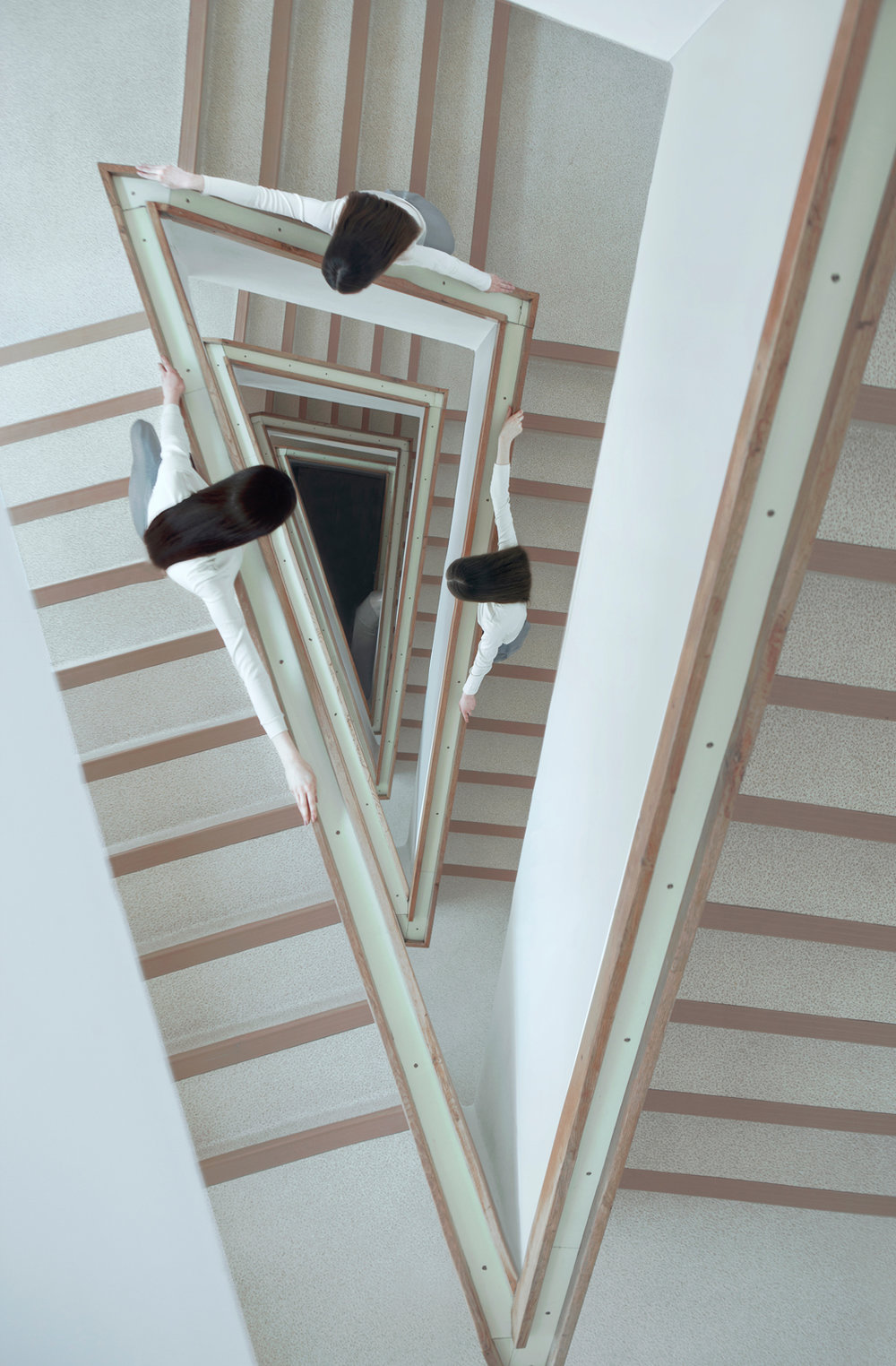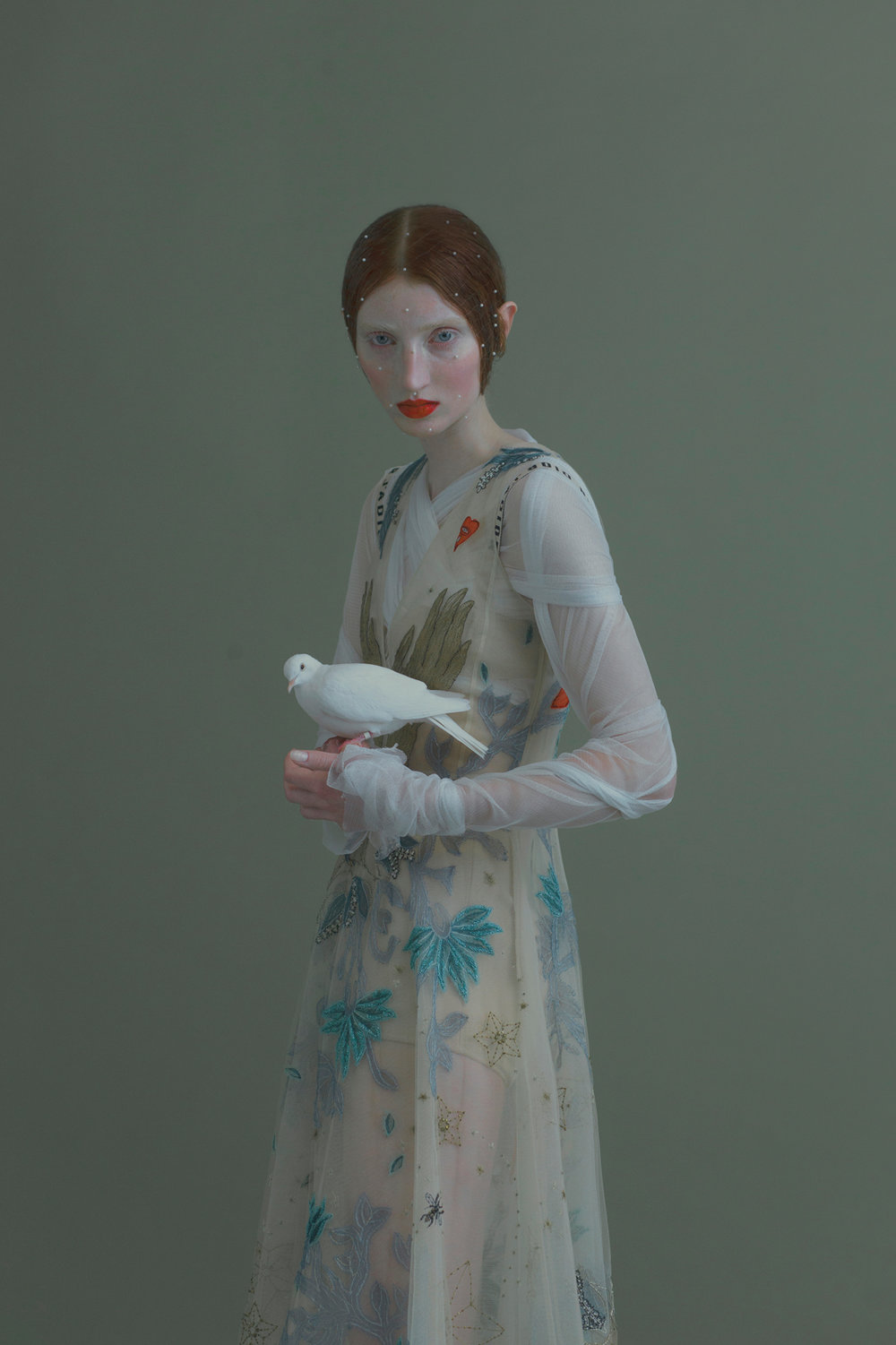EVELYN BENCICOVA: CONCEPTUAL SENSIBILITY
CONCEPTUAL SENSIBILITY
A winner of the 2016 Hasselblad Masters Awards, 24-year-old Slovakian Evelyn Bencicova is taking the world by storm. Dividing her time mainly between Vienna and Berlin, she has found a delicate balance between aesthetic sensitivity and conceptual sensibility. One of her secrets? It is all about “fiction based on truth”.
“The breakthrough came after I underwent eye surgery at the age of 18. Until then my eyesight had always been an obstacle, something that made me uncomfortable and my life difficult. Only afterwards I understood what it means to see the world in real detail.”
Evelyn, you were born in Bratislava, studied in Vienna and currently live in Berlin. What do you miss most about Bratislava, what do you like most about Vienna, and what do you dislike most about cool Berlin?
It would be actually easier if we changed the order. What I miss about Berlin is the lifestyle and atmosphere. What I like about Vienna is the level of education, which is not limited by one’s financial background. And what I dislike about Bratislava is the bad taste and the decisions taken by ignorant people.
To be clear: I haven’t yet finished my studies in Vienna. But to live in one location is impossible at the moment. So I know where I’m from, where I study, work and enjoy but I somehow live everywhere and nowhere, in a suitcase, always on the move with my camera and computer. I wish I could localize myself in a more romantic way, but that is the truth.
I love the story about how you think growing up in a housing estate in Bratislava helped develop your creativity. Can you tell us a bit more?
Yes, I grew up in typical block of flats in the outskirts of Bratislava built in the time of socialism to accommodate working-class families. Our only view from the window was looking into other windows and as a child I liked to amuse myself by spying on the people living there. In the dark I used binoculars to observe what was happening inside these lighted rectangles so similar to photographs. In my artistic practice I used to imagine a whole world behind those tiny crop-outs, which reflected the entire story in tiny details and gestures. It was a great exercise for my imagination.
How did you first discover photography?
My first contact with the medium was while I was doing modelling jobs back in the days. I was intrigued by the creative process of transforming ideas into reality and bringing visions to life, although I could not yet define my exact role in it.
The breakthrough came after I underwent eye surgery at the age of 18. Until then my eyesight had always been an obstacle, something that made me uncomfortable and my life difficult. Only afterwards I understood what it means to see the world in real detail. The immediate fascination with this newfound variety and beauty struck me so much that it somehow stayed with me till this very day.
What cameras do you currently use?
From the beginning I have had the same camera and lenses (Canon 5D Mark II, 85mm and 24-70) until I won the Hasselblad Masters Award. Ever since I also own a Hasselblad H5D-50c, which is a medium format camera.
You won the award for your wonderful portrait of a seemingly fragile bald lady holding a seemingly fragile bald cat. It is part of a series called CLOSE. What is the image and series about?
The series is about being CLOSE. It represents different kinds of intimate relationships suggested by delicate hand and body gestures. The photo with a sphinx-cat, which won the award, is a natural combination of strategy and accident. I often document a certain event in a very aesthetic way.
It is like fiction based on truth. Me and my team prepare the stage and let things happen. In this case there was a fight between the model and the cat, a kind of unspoken conversation, which suddenly stopped, as if it had come to a conclusion. The cat suddenly calmed down and became absolutely peaceful. They were close. I felt it, I always do. As if time is frozen for a moment, and I knew the picture was done.
The rather pale colors in CLOSE and ECCE HOMO, and many of your other works, are quite similar. Coincidence?
Maybe it is a coincidence, maybe it is aesthetics. I’m often asked this question without having a definite answer yet. It is how many people define my style. But I consider such visual aspects very fluid. Even though it is present in my current aesthetics, it can change in any direction. My work develops together with my personality and I don't feel a need to stick to anything expected.
Another recent work is Asymptote, a collaboration with video artist Adam Csoka Keller. It is a personal interpretation of life in communist Czechoslovakia. You were born just after the fall of the Wall. When you grew up, were remnants of the old regime still present? In certain things or stories perhaps?
Certainly. Even though the regime officially ended, it remained present in the people, their behavior and thinking. Such a thing cannot change from one day to another. Asymptote is mostly a conversation with people who experienced the era from different perspectives. Their memories lead us to making a comparison with what we know and experience today. Seeing so many similarities we realized that every time a period is dealing with the same demons. It is just their faces that change.
ECCE HOMO is amazing. It Is hauntingly beautiful. Now, Ecce Homo is a Biblical term referring to Jesus on the cross. What is the connection with your ECCE HOMO? Are we all doomed to die on a cross?
Yes, I’m party referring to the Biblical story but in a different way. ECCE HOMO is a comment about humanity, about the way how we interact as an entity within society. I took inspiration from everyday actions and created my own visual interpretation in a very symbolic form.
On your website, you say you would like the commercial and artistic to meet in your work. What do you mean? Your work does not feel particularly commercial.
I’m taking that as a compliment! We are trying to treat commissioned work in the same manner as our own projects: to collect references and build a story. By being present in both fine arts and more “popular” culture, I want my work to be a kind of bridge between the two worlds. We focus on both aesthetics and conceptuality at the same time.
I think your images quite clearly and poetically catch some of the more negative aspects of the communist era. But did you not also encounter some positive stories? Are some people nostalgic? Do some people miss the good old days?
Absolutely. There were as many positive memories as negative. Even when we started visualizing the past, which started our journey into this project. By going deeper you always discover what is under the facade, both good and bad things. Now young people look at socialism with a feeling of unease, because of the propaganda, the censorship and general lack of freedom back then, even though many of the older generations claim they had a better life then and lived in a world that was fairer. It is always hard to judge.
What are you currently working on?
We are working on several projects mostly focused on photography and video, but I don't like to speak too much about them before the results are there. So if people are interested they can follow our progress on my social media channels: Instagram, Behance and Tumblr.
Going anywhere on holiday soon?
Our projects are also our vacations and our work is our holiday. I love what I do and I want to dedicate all my time to it, even free time. Photography allows me to travel the world, go places and meet people I would hardly get a chance to know otherwise. Sometimes the camera works like an unplanned invitation to so many strange and great situations. I like to go with the flow of unexpected events, so let us see where this summer will take us!
Why is Roy Anderson one of the greatest filmmakers alive?
I’m not saying he is the greatest, but I really like his movies and commercials. I’m very inspired by his aesthetics and his precision in details.
What is the last record you bought or listened to?
Recently I’ve been really into Sevdaliza, which is very different from what I normally listen to. Other than that, I prefer classical music to chill, techno to dance and spoken word as a soundtrack to my computer work. I like to listen to documentary movies and podcasts during long hours of postproduction to keep my mind busy together with my eyes and fingers.
What will the second half of 2017 bring Evelyn Bencicova?
This is what I’m asking myself as well, but I don’t want to know in advance. I want to live it fully whatever it may be …
INTERVIEWED BY PETER SPEETJENS


